California Has More National Parks Than Any Other State — Here’s Why and When You Should Visit Each
California dreamin'.
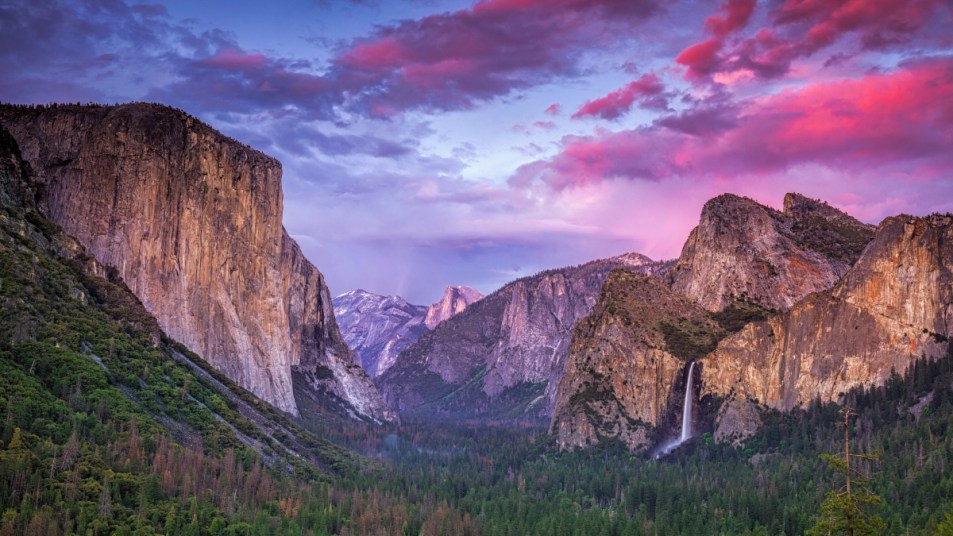
With the most national parks of any state in the union (nine), America’s first preserved land (Yosemite), and an incredible landscape of peaks, deserts, coasts, and cliffs, it’s no wonder the Golden State fills dreams. The diversity of land you encounter going from the top of the state all the way to the very bottom is like no other — see what California’s national parks have to offer.
1. Sequoia and Kings National Park
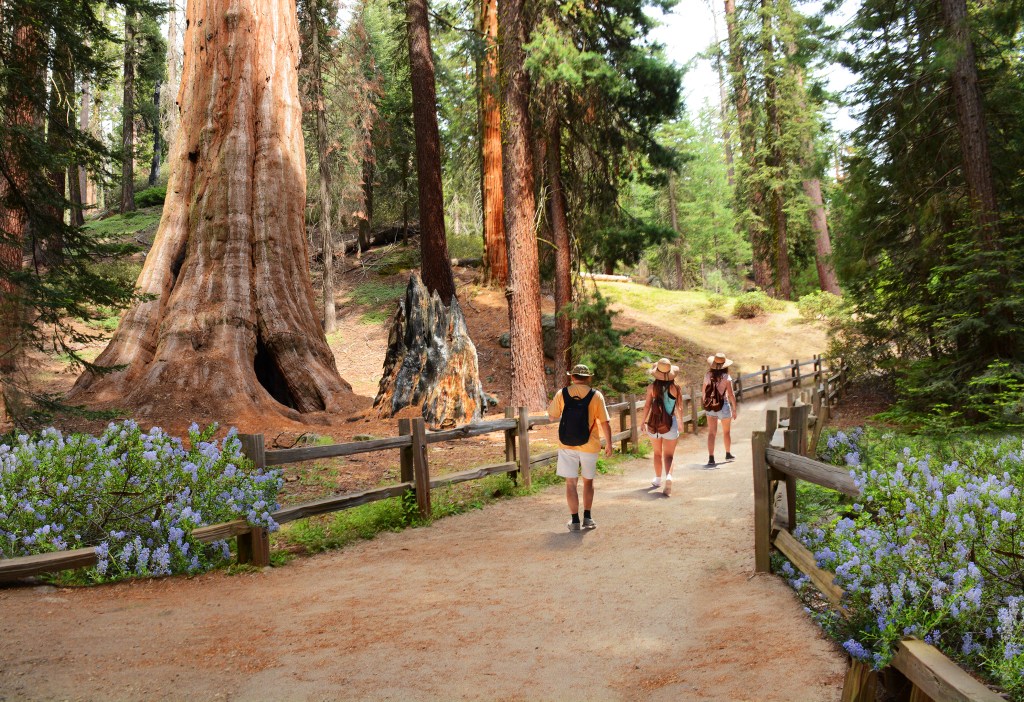
Grandness is in overdrive at Sequoia and Kings Canyon, jointly administered by the NPS since 1943. Here, visitors find one of the deepest canyons in North America (Kings Canyon, reaching 8,200 feet deep), the highest point in the Lower 48 (14,494-foot Mount Whitney), and the largest tree by volume in the world (General Sherman, 272 feet high by 30 feet wide).
Established in 1890 as America’s second national park, Sequoia protects the Giant Forest’s 8,000 sequoias, as well as the famous Tunnel Log, which cars can drive right through. To the north, the 50-mile Kings Canyon Scenic Byway leads into the heart of Kings Canyon National Park, created in 1940.
John Muir lobbied to establish both parks, but succeeded only with the first. It took the photography of Ansel Adams to convince the government to designate Kings Canyon as a national park 50 years later. Like both influential figures, anyone who traverses this majestic area is compelled to champion its grandeur.
Visiting Sequoia and Kings National Park
Wuksachi Lodge, John Muir Lodge, Cedar Grove Lodge, and Grant Cove Cabins operate within the boundaries of both parks. Partner companies also manage two wilderness properties, Bearpaw High Sierra Camp and Pear Lake Winter Hut. Some 800 miles of hiking trails crisscross the parks. Kings Canyon Scenic Byway (Highway 180) is open from late spring through October.
2. Yosemite National Park
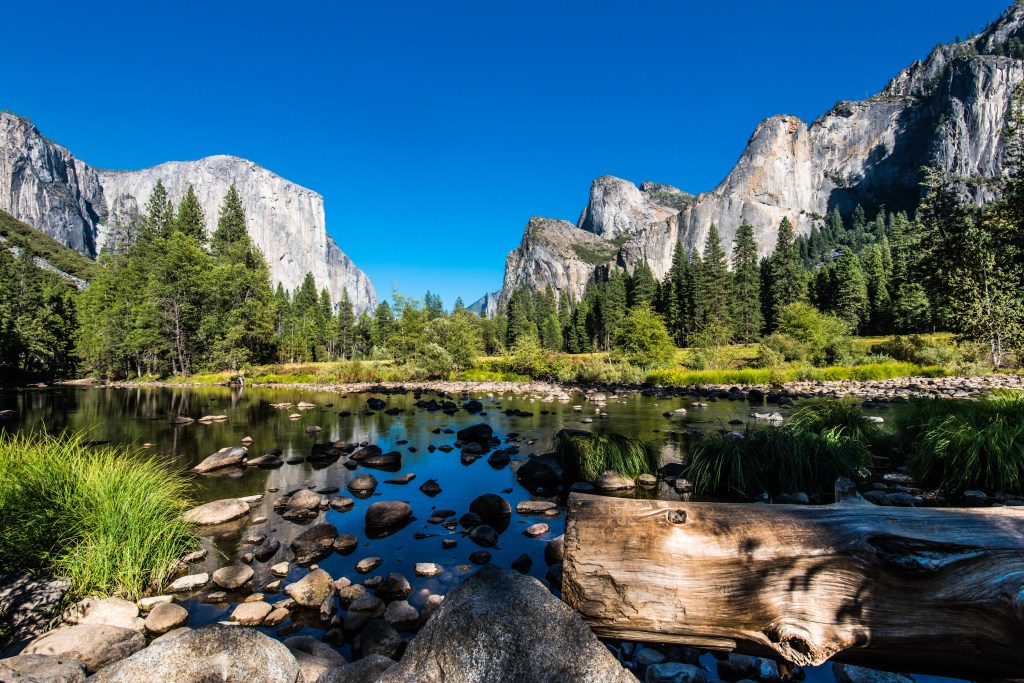
John Muir once said, “Keep close to nature’s heart…and once in a while climb a mountain or spend a week in the woods. Wash your spirit clean.” The “father of our national parks” may have been calling to mind one of his favorites, Yosemite. Over four million people descend on this UNESCO World Heritage site each year to see Yosemite Falls, North America’s tallest waterfall; El Capitan, the world’s tallest granite monolith; and the towering sequoia trees, the oldest living things on Earth.
The Ahwahneechee Indians called Yosemite home for 4,000 years before a group of pioneers arrived in 1833. Soon after, stories of the heart-stopping vistas swelled as quickly as the cascading waterfalls. Rapid development got the attention of conservationists, who petitioned Congress to protect the area. In 1864, President Abraham Lincoln signed the Yosemite Grant, making Yosemite the first land set aside for preservation by the US government and laying the groundwork for future national parks — it officially became one in 1890.
Quintessentially, Yosemite sites include Half Dome, whose sheer cliff is the largest in North America, moonbows (lunar rainbows), that put on a kaleidoscopic nighttime light show, and the Mist Trail, which climbs 1,900 feet. Yosemite welcomes all who wish to wash their spirits clean, as Muir urged, and a week here won’t seem long enough.
Visiting Yosemite National Park
Yosemite National Park is open 24/7, 365 days a year, but avoid holiday weekends. Plan your visit in early spring, right as the snow is starting to melt, for some of the best waterfall action. When it comes to getting around, take advantage of the free shuttles that run throughout the park, as well as the 12 miles of bike trails in the valley. Built in 1927, The Ahwahnee Hotel endures as the premier lodge in the Yosemite area.
3. Big Sur
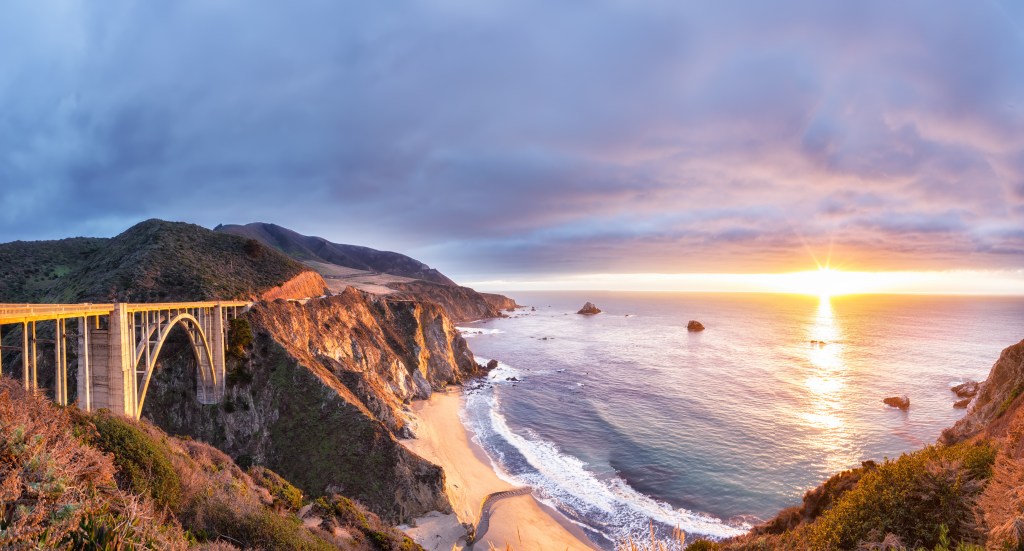
Once a swath of unexplored coastal wilderness called simply El Sur Grande (The Big South) by Spanish settlers, Big Sur is now practically synonymous with its classic drive along cliff-hugging Highway 1. To the east of this designated California Scenic Highway, the Santa Lucia Mountains loom; to the west, rocky bluffs drop hundreds of feet to rugged coves lashed by frothy waves. Stands of redwoods, misty fog, and sublime Pacific Ocean views combine on one of the country’s most beautiful coastlines.
Striking sights await all along the 60-mile stretch of Highway 1 southbound from Carmel to Gorda. Road-trippers can watch harbor seals and sea otters frolic in the waters of Point Lobos State Natural Reserve, then wander an uncrowded trail in Garrapata State Park. Next up is photogenic Bixby Bridge, followed by the circa 1889 Point Sur Lighthouse. From there, more state parks — Andrew Molera, Julia Pfeiffer Burns, and Limekiln — roll out in scenic succession.
Perhaps worth the longest detour, Pfeiffer Big Sur State Park flaunts myriad standout spots: 3,379-foot Manuel Peak; Partington Cove, accessed down a 300-foot sea cliff; the popular Ewoldsen Trail; and Pfeiffer Beach, marked by Keyhole Arch Rock. With all of this natural splendor, it’s no wonder Big Sur inspired luminaries like Henry Miller, Jack Kerouac, and Ansel Adams. Any modern-day visitor exploring this dramatic coastal enclave is destined to be spellbound as well.
Visiting Big Sur
Severe winter storms in 2017 produced landslides that affected Highway 1. Southern portions of the road, as well as various trails and campsites, remain closed. Check for the latest travel news before setting out. Lodging options range from campgrounds to luxury resorts like Post Ranch Inn and Ventana Big Sur, while famous stops include Nepenthe Restaurant, with its iconic cliff-top view, and the Henry Miller Memorial Library, which hosts eclectic live performances during the summer.
4. Death Valley National Park
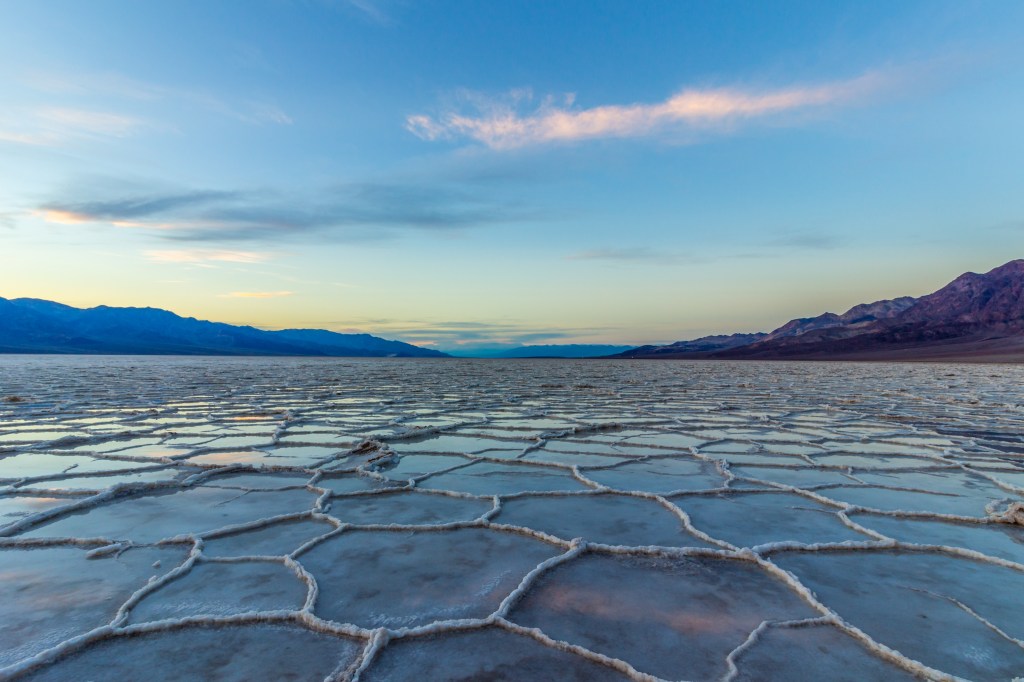
Extreme heat, extreme dryness, extreme depth — it’s all here in Death Valley, the largest US national park outside of Alaska and the hottest, driest place in North America. Established as a national monument in 1933 and redesignated a national park in 1994, Death Valley dips as low as 282 feet below sea level at Badwater Basin, the lowest point in North America. The protected salt flats here are among the largest in the world, covering almost 200 square miles. Sometimes filled with surreal puddles and pools, they’re all that’s left of a prehistoric lake.
On the way to Badwater, worthwhile side trips beckon: the much-photographed Zabriskie Point, overlooking the arid, ridged badlands; Golden Canyon’s arcing Red Cathedral rock formation; Devil’s Golf Course, an expanse of rock salt eroded into spiky stacks; and the striped sedimentary hills of Artist’s Palette. Elsewhere, visitors can climb 100-foot mounds of sand in Mesquite Flat Dunes and walk the rim of 600-foot Ubehebe Crater. The more intrepid can venture to Wildrose Canyon to see 10 hive-shaped charcoal kilns dating to the 19th century.
Christened in 1849 by gold prospectors struggling through the region, Death Valley is surprisingly full of life, supporting hundreds of plant and animal species. The remarkable adaptations developed to survive such an extreme environment are yet another example of the park’s many marvels.
Visiting Death Valley National Park
Forays into Death Valley begin at the Furnace Creek Visitor Center. Four resorts — Stovepipe Wells Village, Panamint Springs Resort, The Ranch at Death Valley, and the historic Inn at Death Valley — as well as NPS campgrounds operate within the park. Combine a visit with stops at nearby national parks Kings Canyon and Sequoia. Travel to Death Valley during the summer is not advised.
5. Channel Islands National Park
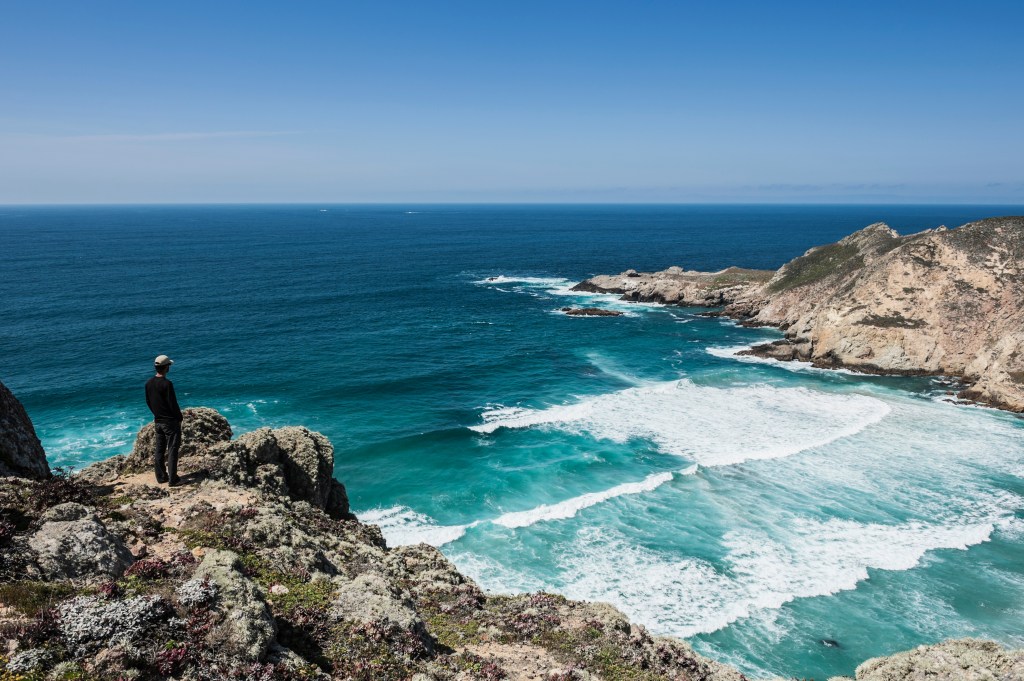
One park, five islands, 145 indigenous plant and animal species: This is why Channel Islands National Park has earned the moniker, “the Galápagos of North America.” An adventurous spirit and advance planning are prerequisites to visiting this 390-square-mile evolutionary outpost off the coast of Southern California, but the effort is well worth it, especially for wildlife enthusiasts.
Designated in 1980, the park is only reachable by plane or boat. Santa Cruz and Anacapa are the most accessible isles, with ferry service running year-round (two hours round-trip). The most traversed, Santa Cruz is fit for day trips or family-friendly camping. Water lovers can snorkel kelp forests and kayak through sea caves near Scorpion Beach. Sightseers should also hike to Cavern Point for a panorama of the coast, keeping an eye out for wildlife like scrub jays and island gray foxes.
Anacapa is lined with sea caves, natural bridges, and rugged cliffs — from the ferry, travelers must climb 157 stairs to reach the crest of the island. Cathedral Cove and Pinniped Point are the places to spy sea lions and harbor seals lounging on the shore. While the islands’ isolation may be the reason the park sees fewer than 400,000 annual visitors, it’s also what allows adventurers to walk in Darwin’s footsteps, discovering flora and fauna found nowhere else on Earth.
Visiting Channel Islands National Park
No entrance fee is required, but you will have to pay for a boat or plane charter. Island Packers ferries depart from Oxnard and Ventura, where the park’s main visitor center is located. Channel Islands Aviation offers flights from Camarillo. Go during whale-watching months: late December through April for gray whales, June through September for humpbacks and blue whales. There are no cars, restaurants, shops, or lodging on the islands. The park’s more remote islands may require a permit or be closed due to current conditions.
6. Lassen Volcanic National Park
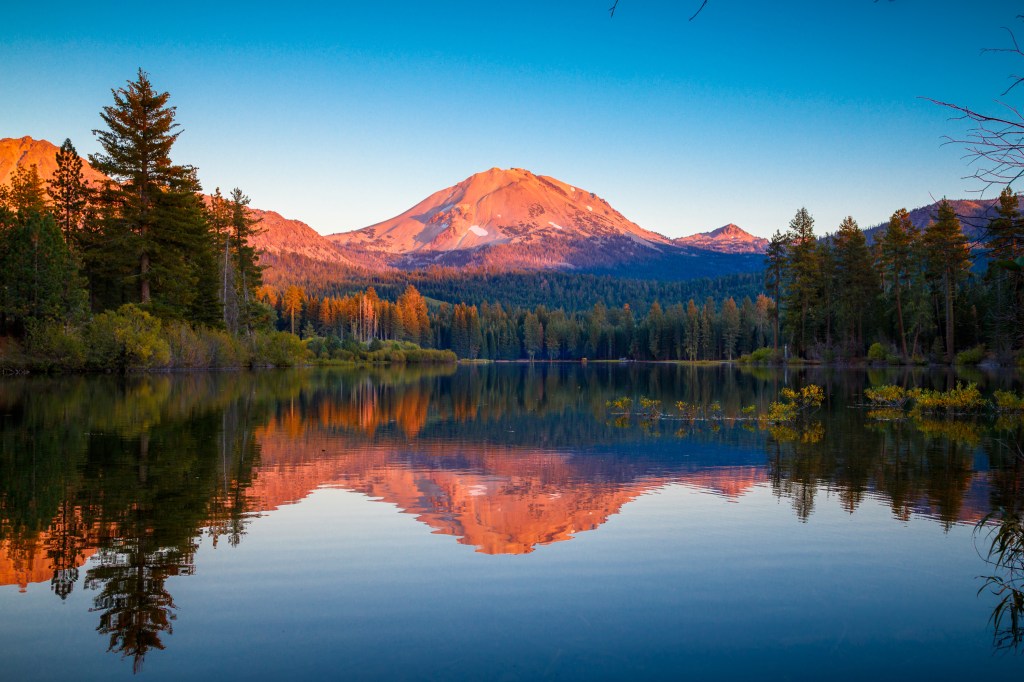
Around the edges of the Pacific Ocean lies the Ring of Fire — a series of seismic sites and volcanoes, including legends like Mount Fuji and Mount Saint Helens. A lesser-known member of the ring is Lassen Peak, which last erupted in 1914 and remains one of the largest plug dome volcanoes in the world.
Now dormant, the peak headlines Lassen Volcanic National Park, created in 1916. Intrepid souls can trek 5 miles up to the 10,457-foot summit, but more casual admirers get the signature view from the shores of Manzanita Lake. Lassen Peak shares the spotlight with a plethora of bubbling mud pots, rumbling steam vents, and boiling springs. The best place to observe this noisy (and smelly) phenomena is Bumpass Hell, named after Kendall Bumpass, the pioneer who discovered the area in the 1860s — and purportedly lost a leg after falling into a hot spring. Visitors take in this bizarre 16-acre landscape on a 3-mile boardwalk stroll.
Contrasting the volcanic terrain is the Shasta Cascade’s cooler side — alpine lakes, breezy meadows, and crisp waterfalls. From conifer forests to smoking fumaroles, Lassen Peak towers over it all. The imposing volcano is a powerful reminder that in this volatile land, you don’t play with fire.
Visiting Lassen Volcanic National Park
The park offers one lodge — 60-room Drakesbad Guest Ranch (open early June through mid-October) — and eight campgrounds, including the most popular one at Manzanita Lake, the hub of the park. Don’t miss the 1.5-mile scenic loop trail around the shore. The closest alternative accommodations are in Plumas County. Start your adventure at the Kohm Yah-mah-nee Visitor Center, close to the southwest entrance.
7. Pinnacles National Park
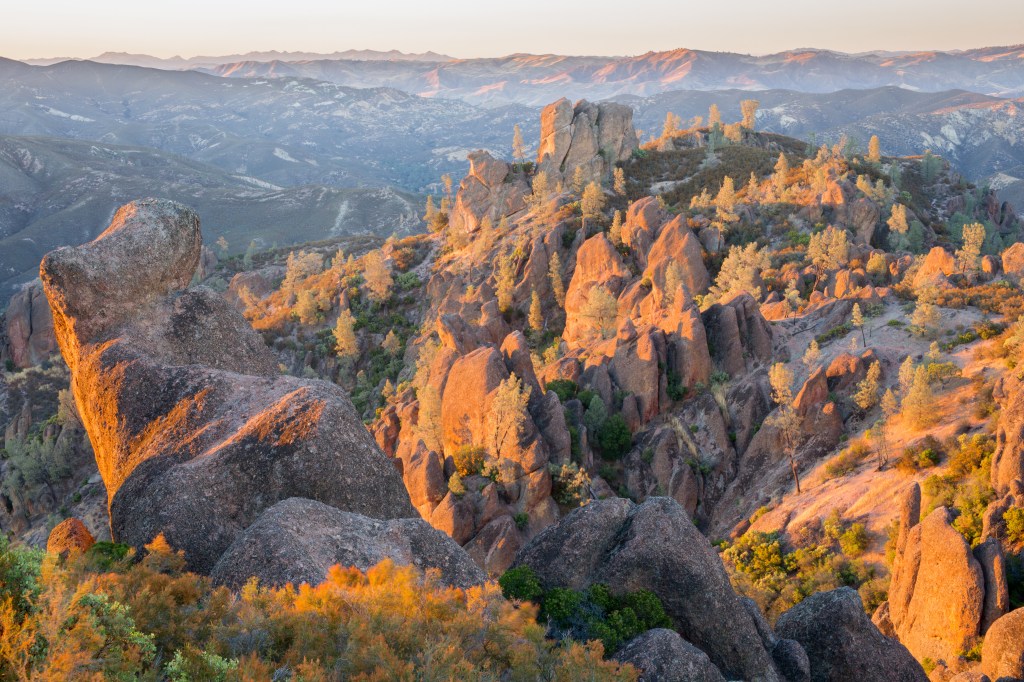
High above the Salinas Valley soar North America’s largest flying birds, California condors, with wingspans of up to 9.5 feet. The sight is near-miraculous, as condors have been endangered since 1967 and the population dwindled to just 22 birds in the 1980s. Thanks to captive breeding programs, California condors are making a comeback, and today, Pinnacles National Park co-manages 86 of these wild scavengers.
A national monument since 1908, Pinnacles also protects an unusual geologic formation that dates back 23 million years. An ancient volcano created the park’s domes, crags, and spires. Then, over the ages, earthquakes and other tectonic forces carried these breccia-rock formations 195 miles along the San Andreas Fault to their present resting place.
Some 32 miles of hiking trails zigzag through the 26,000-acre park. Visitors flock to the Bear Gulch Cave Trail (1.5 miles), which passes through two talus caves (rocky tunnels). The 1-mile Moses Spring Trail is another favorite. For the best views, hikers scramble up the High Peaks Loop (6 miles round- trip), which winds through narrow passageways and a labyrinth of boulders to an elevation of 2,720 feet. Below, Pinnacles’ rugged expanse of rolling plains and hulking monoliths unfolds. Above stretches an endless sky — and, with luck, a graceful condor, riding the thermals far above its rare and fascinating habitat.
Visiting Pinnacles National Park
The park has two entrances (east and west), which aren’t linked by roads. The only campground is located at the east entrance. Find additional lodging and restaurants in the town of Salinas. Rock climbing is popular here; companies like Adventure Out offer clinics for all experience levels. Travel between March and May to see the park’s wildflower display — and to avoid summer’s 100-plus-degree temps.
A version of this article appeared in our partner magazine Complete Guide to the National Parks in 2021.












